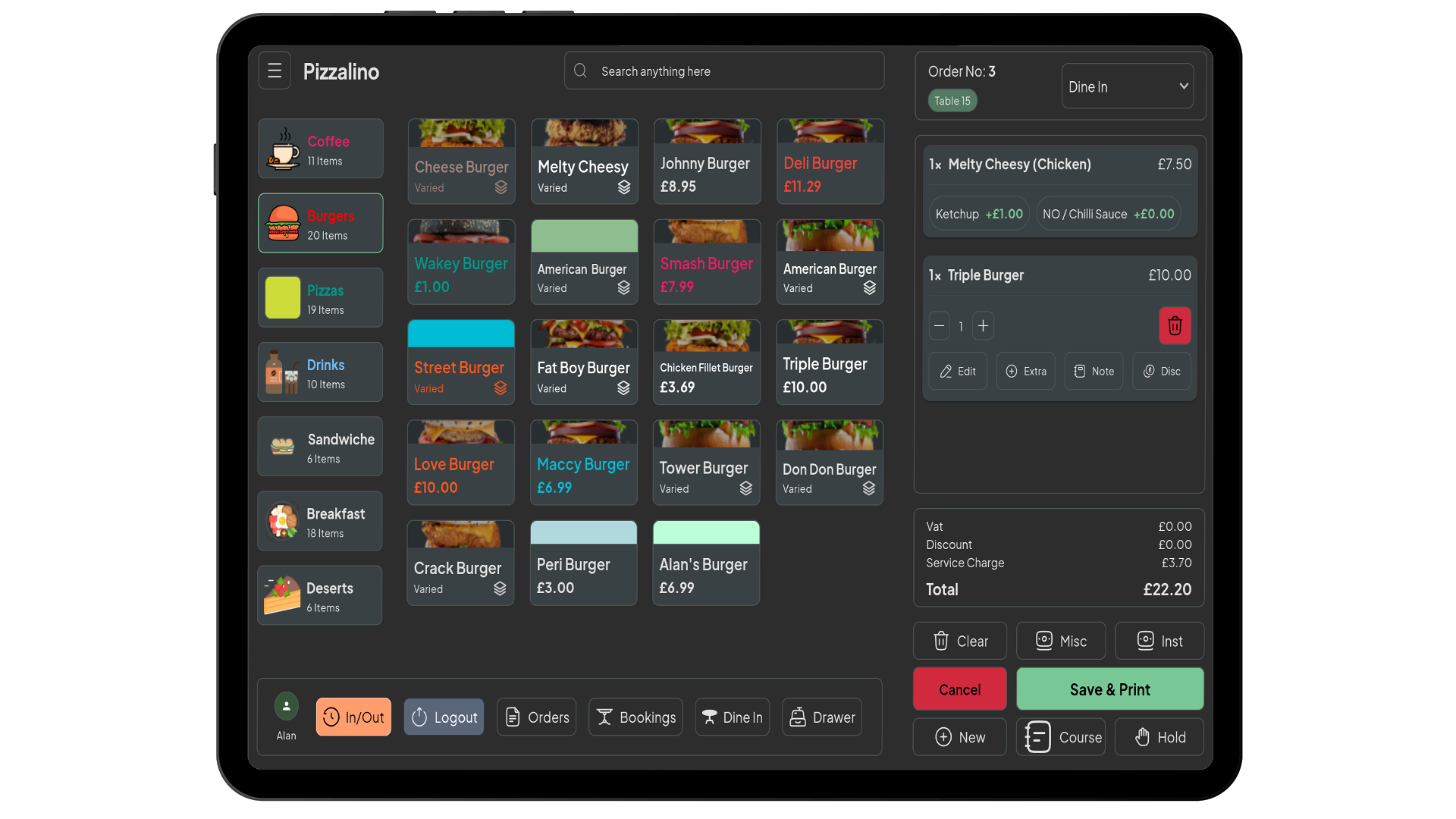
What is the difference between POS and EPOS?
Point of Sale (POS) vs. Electronic Point of Sale (EPOS)
Point of Sale (POS)
As the name suggests, a Point of Sale (POS) system refers to the location where goods or services are exchanged manually. It combines hardware and software to facilitate these transactions.
Electronic Point of Sale (EPOS)
Electronic Point of Sale (EPOS) systems are software-driven solutions that manage a wide range of business operations, including checkouts, payments, accounts management, inventory tracking, and more.
Key Differences Between POS and EPOS
Manual vs. Automated Processes
- POS Systems: Often rely on manual processes like account reconciliation, where two sets of records are checked to ensure accuracy. These tasks can be completed manually without the assistance of electronic systems.
- EPOS Systems: On the other hand, electronic POS systems automate these processes, including account reconciliation, by using advanced software to ensure smoother and more accurate operations.
Enhanced Security with EPOS
EPOS systems offer significantly improved security compared to traditional POS systems.
Since EPOS systems are often web-based, they benefit from more robust security protocols, reducing the risk of hacking and unauthorized access. Cloud-based security, for example, focuses on data protection rather than just preventing breaches, ensuring that data loss, such as lost sales figures due to server failure, is minimized.
Flexible Payment Options
As payment methods evolve, it’s crucial for businesses to accept a wide variety of payment forms. EPOS systems are designed to accommodate the diverse preferences of customers, including:
- Online payments
- Traditional credit card payments
- Modern contactless payments
This flexibility helps businesses cater to a broad range of customers and ensures smoother transactions.
Inventory Management Control
EPOS systems offer more sophisticated inventory management than older POS systems. With real-time access to your inventory, these systems alert you when stock is running low, preventing the risk of running out of your best-selling items or overstocking.
For example, at TISSL, the EPOS system integrates with third-party systems to track inventory in real-time, allowing for better control from the back office rather than requiring front-of-house staff to manage stock.
Better Customer Support
Unlike traditional POS system providers, EPOS vendors often offer 24/7 customer support, ensuring that any issues are resolved promptly. This round-the-clock service is an essential feature for businesses relying on these systems.
However, considering the investment in EPOS systems, it’s important to confirm that the provider offers adequate technical and maintenance support before committing.

